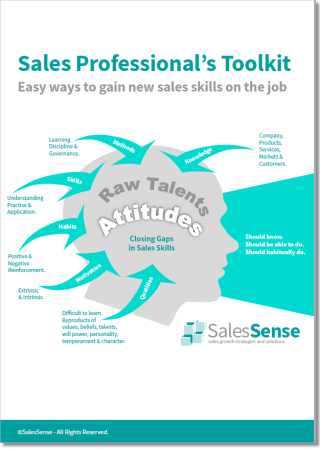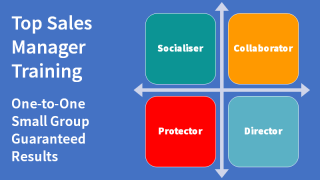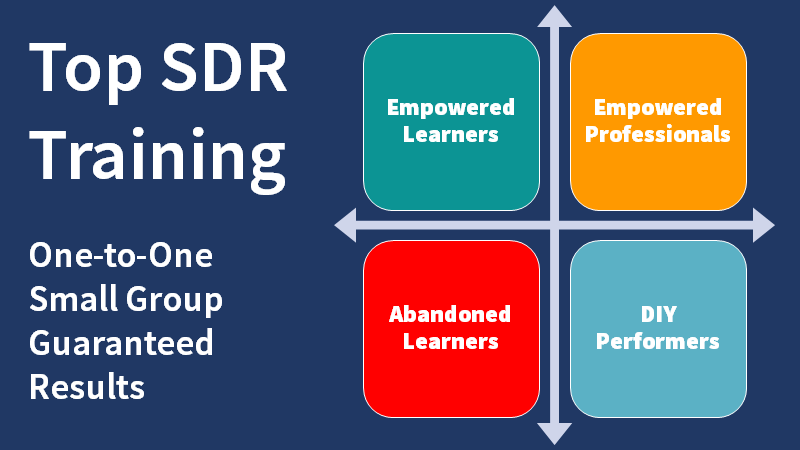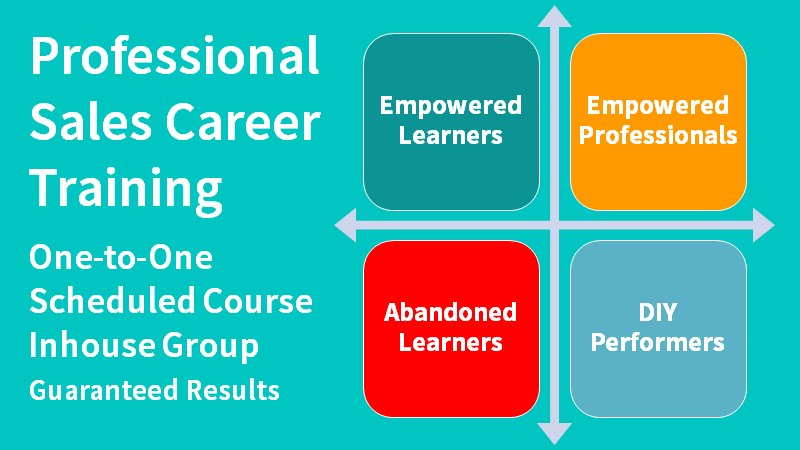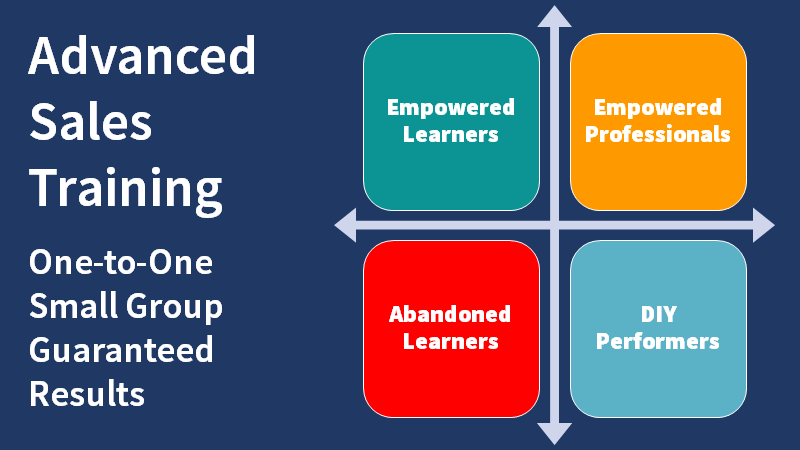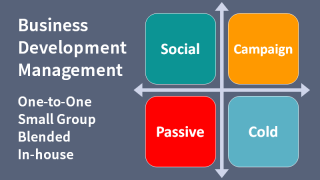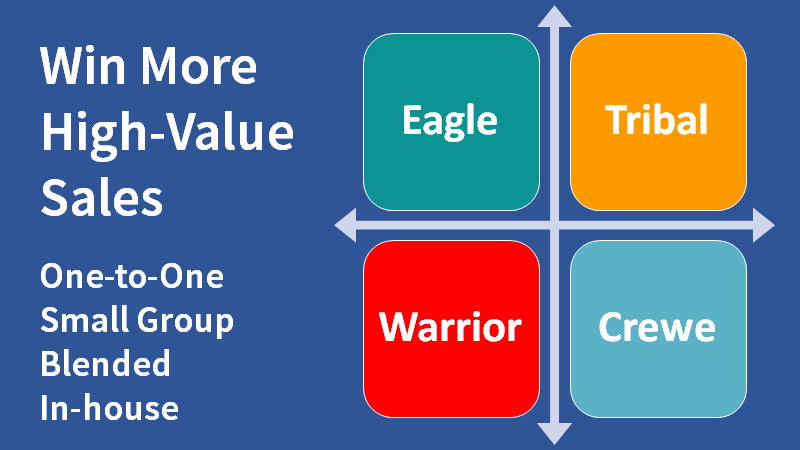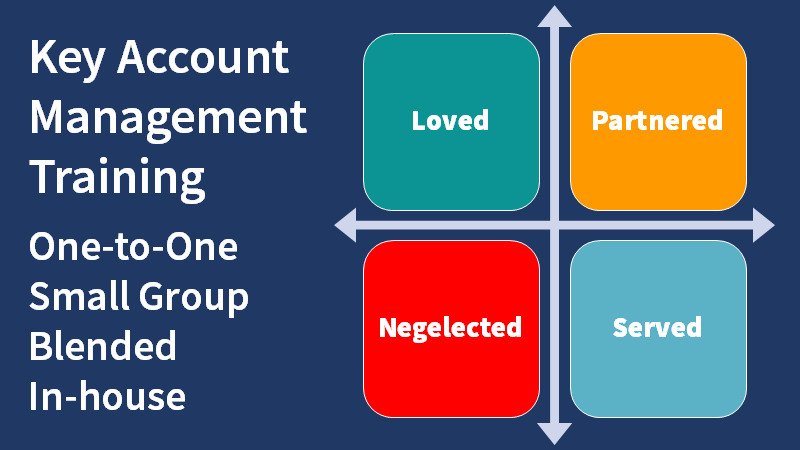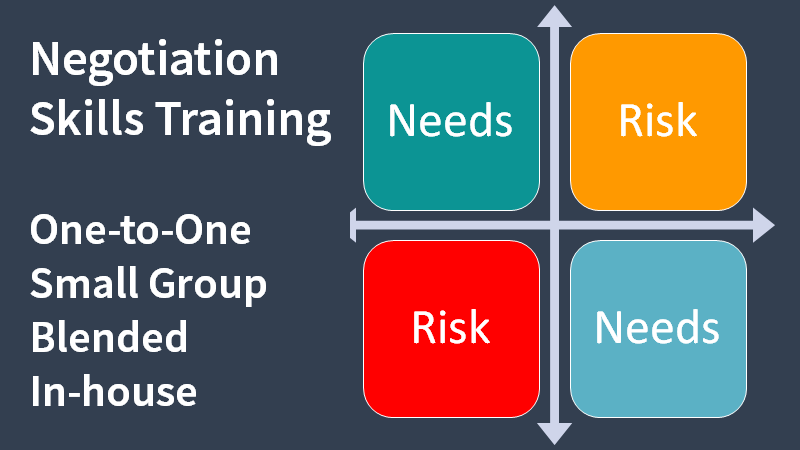Making a sales elevator pitch may not be the best way to begin a conversation.

You will have heard the term 'elevator pitch' a few times by now. Just in case you haven't, a sales elevator pitch is what you say when you have a chance encounter with someone who, because of their position or influence, is influential in buying decisions.
For salespeople this usually means meeting a key decision-maker in circumstances where they can’t immediately escape – hence ‘elevator pitch’.
It is a carefully crafted identity and value statement. They often seem like or a brief, thinly disguised sales pitch.
You may have 10 seconds. You may even have a full minute during in which to impress your prospect.
I remember several such occasions when I desperately wanted to leave a positive impression, yet I could not think of anything useful to say. Even saying nothing, or almost nothing, leaves some sort of an impression on people, but probably not the one you want.
Meek salespeople seldom reach the top. Courage is a necessary quality for success.
Finding myself sharing an elevator with the Managing Director of a firm I was trying to sell to, usually left me with the distinct impression I had missed an important opportunity.
On occasion, I forced myself and ended up creating entirely the wrong impression. Not knowing what to say and feeling the pressure, I would stumble over my words, or be less than articulate in my expression. I might utter something banal like, "fine weather for the time of year", or worse. Imagine how crass it sounds to begin an obvious sales pitch, "Ah Mr Jones, let me tell you about our new triple viscid sky hooks."
Even asking sales questions is hazardous. The questions you ask speak volumes about your personality and purpose.
Asking about their business is too vague and uninteresting. Asking what they think about the sale or project you are involved in is too transparent and divisive. It will make you seem like a typical salesperson rather than cause you to stand out from the crowd.
Eventually, I came to the conclusion that I should be prepared by working out some options in advance.
I started asking other salespeople, who had more experience than I, what they would say in similar circumstances. I spent some time brainstorming for my own solutions and gradually built up a small collection of useful ways to achieve my elevator objective.
What I wanted was to have the trapped executive remember me as a resourceful person who understood his or her issues. Achieving this could help swing decisions in my favour, or at least make it easier for me to speak with that person again.
Learning about a prospective company’s key issues, as soon as possible, left me in the best position to create an effective elevator exchange.
Having a powerful generic statement or slogan to describe your company, or what you do, is little use until the person you want to hear it is listening. To be memorable it is first necessary to get their attention.
So what are the key issues facing your prospects?
You can loosely anticipate the root causes of any executive's issues. Classifications include financial pressures, lack of resources, people problems, competition, and market or economic trends.
Here is my favourite formula for initiating a brief dialogue:
Make a statement about a current circumstance, result, or news item, affecting their industry or market, in one of the anticipated areas of executive concern, then ask, "How does this compare with your experience?"
My rule is to avoid sales questions and instead focus entirely on the customer's opinions and circumstances.
On one occasion this approach proved so engaging that I spent fourteen minutes listening to a senior executive talk about his challenges.
From then on I found he would always take my call - a much better result than I have ever had trying out a sales elevator pitch.
Article by Clive Miller
If you need to improve a sales elevator pitch, develop better sales questions, or prepare a better sales pitch, we can help. Telephone +44 (0)1392 851500. We will be pleased to discuss your needs or talk through the options. Alternatively Send an email to custserv@salessense.co.uk for a prompt reply or use the contact form here.


